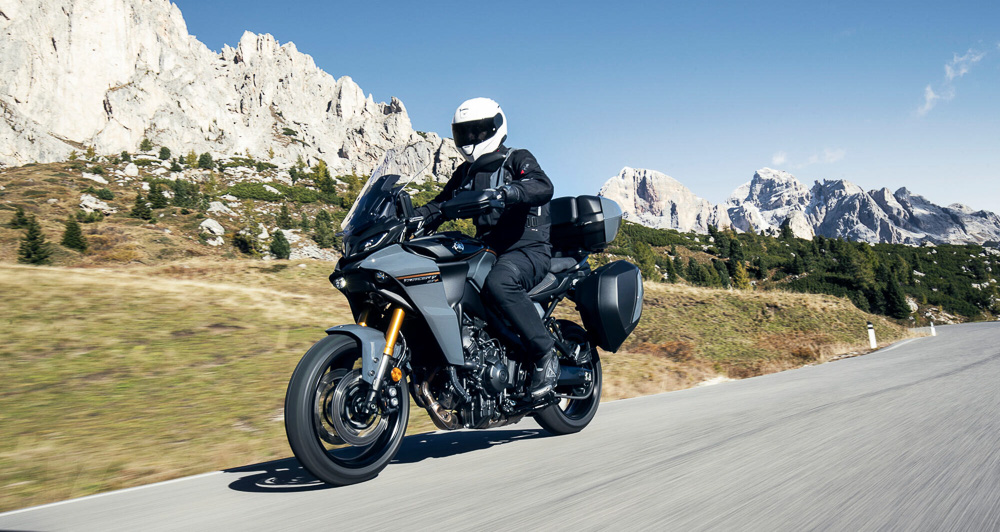
There are two kinds of motorcycle riders. Those who have crashed, and those who will.
Anybody who has ever ridden a motorcycle knows the inherent risks. You’re exposed to the elements, you have less traction than a comparable four-wheeler, and there’s no metal cage to protect your meat and bones if you hit something. So, you mitigate the risk by riding prudently, keeping your bike in tip-top condition and wearing appropriate safety gear.
Bikes today are safer and more reliable than ever, with engines, transmissions, suspensions, brakes, tires, and everything else far superior to comparable specs from at least two decades ago.
The adoption of antilock brakes has drastically reduced the number of slides and washouts that were a common occurrence among non-ABS bikes just several years ago. If you ride an ABS-equipped bike and felt the brake lever flutter under hard braking, be thankful because your bike just saved you from crashing.
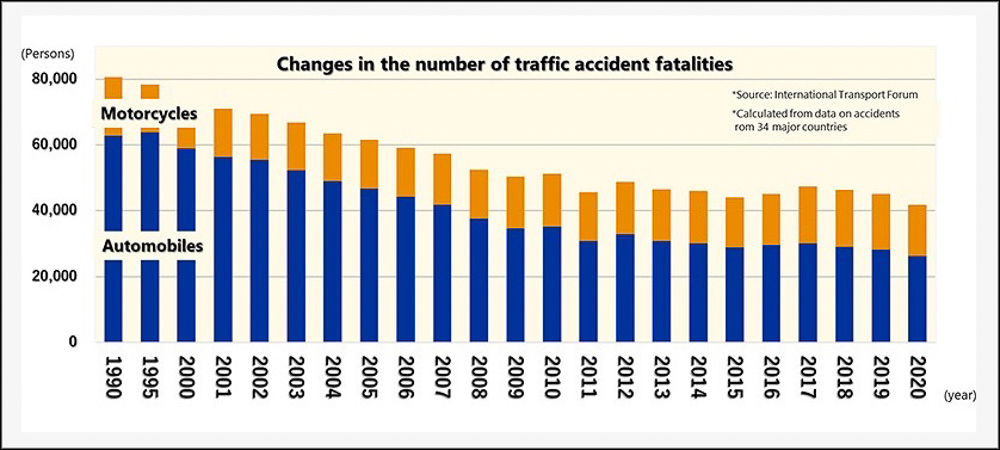
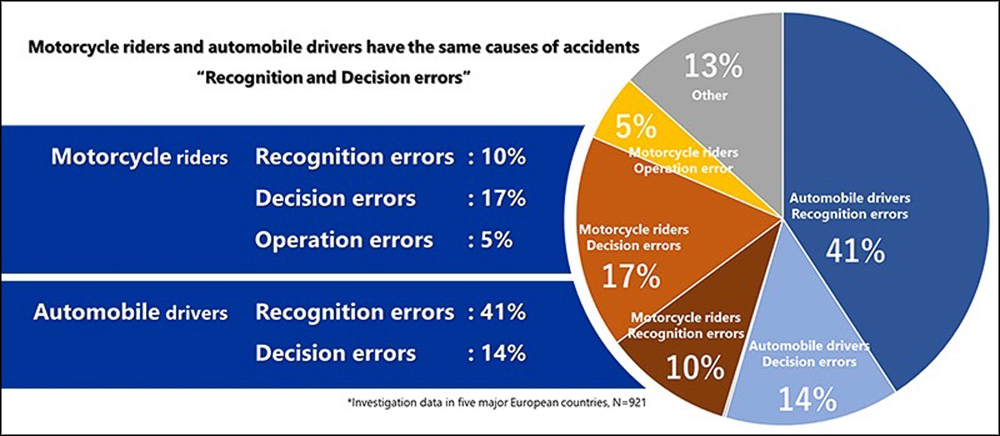
Nonetheless, according to studies presented by Yamaha, motorcycle deaths worldwide are on a slight uptick compared to automobile deaths that are on a downward trend.
This jibes with recent developments in safety technology for cars, where active driving aids such as traction control in its many forms, lane-keeping assistance, and whatnot are now trickling down to everyday commuters and not just to high-end cars.
According to the study, the top three reasons why riders crash are due to:
- Recognition errors (10%)
- Decision errors (17%)
- Operation errors (5%)
A recognition error might be as simple a thing as assuming the curve up ahead is smooth, only to find out there’s actually a patch of oil right at the apex.
A decision error would be something like overtaking on a double yellow (very common here in the Philippines) and smacking head-on into another vehicle.
An operation error would involve some mistake in handling the bike, such as over-revving the engine for a wheelie, only to go into a loop.
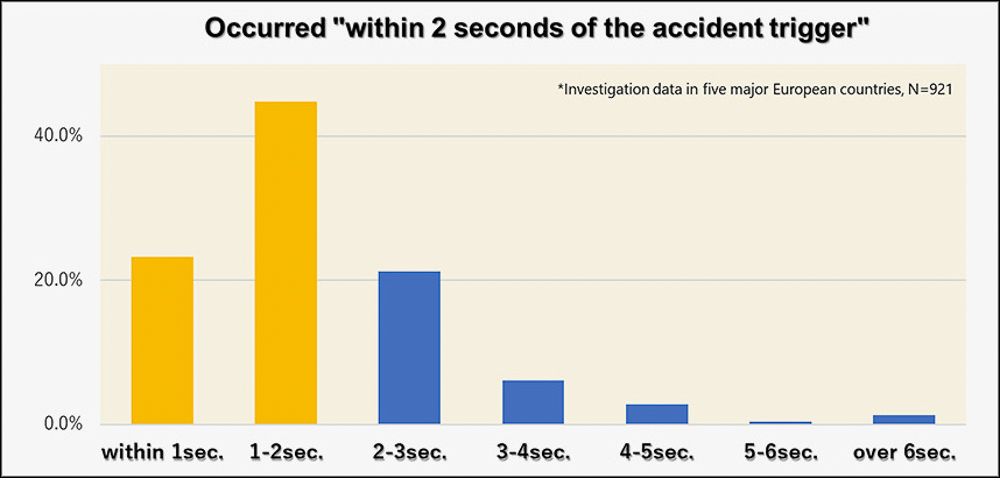
Regardless of the reason, accidents happen very quickly—within two seconds, too fast for the average rider, and even if the rider is able to process the information, a lack of skill or knowledge may lead to an accident that could have still been avoided if the rider had the reflexes.
A few months ago, a tricycle of the notorious LMBT (liko muna bago tingin) group decided to swerve into my lane just as I was about to pass. Despite my instant flash of the high beams and horn, he still went ahead and bumped my side.
I think my mountain-bike racing reflexes saved me, because even as I felt the impact on my engine guard, I quickly leaned back, slammed the brakes, and managed a trackstand to keep from falling over. My ride buddy, Brando Rosales of MotoPinas.com, saw it all happen ahead of me and thought I was a goner. Lucky as I may have been, I think that was an exception rather than the rule.
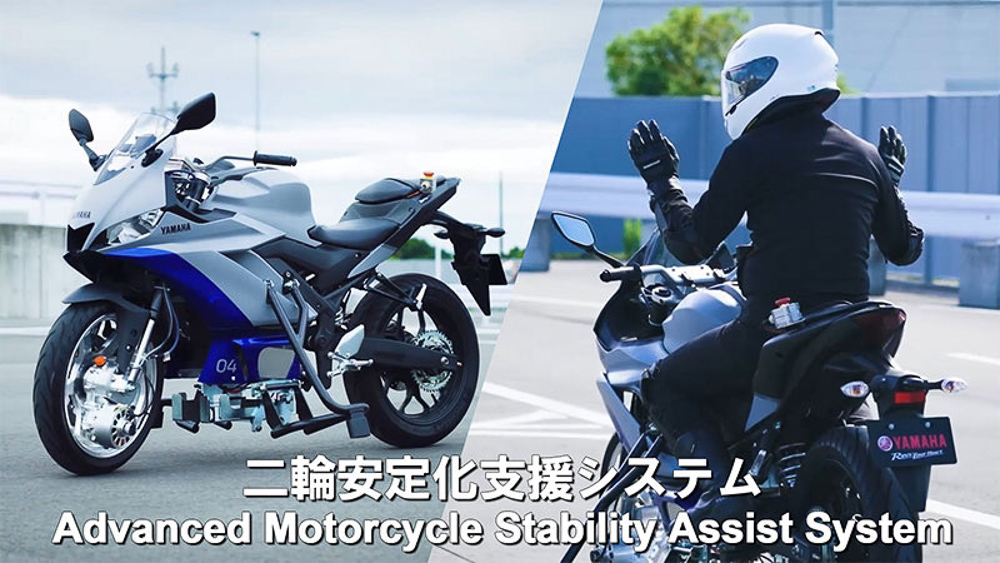
Through its recent online media briefing, Yamaha recently discussed its safety vision. Its CEO Yoshihiro Hidaka presented it as “Jin-Ki Kanno x Jin-Ki Anzen.”
Jin-Ki Kanno is the brand’s development ideal, where technology is developed to give a rider the seductive exhilaration and performance that Yamaha is known for. Jin-Ki Anzen, however, is the belief that man and machine can work together for better safety skills and technology.
The three pillars that support this “Safety Vision” are Technologies, User Skills, and Connectivity.
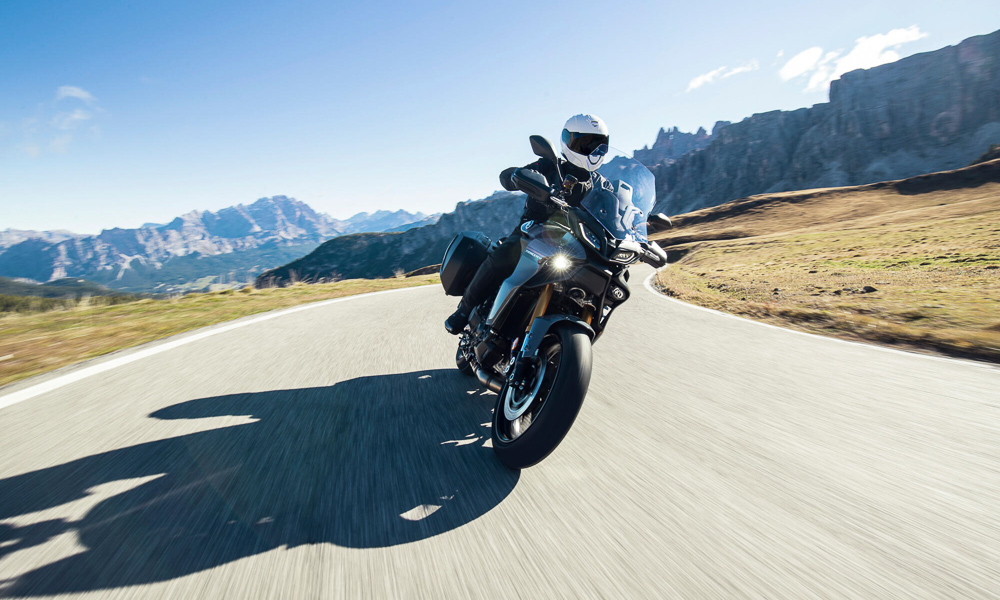
Technology is the hardware, developing existing components to mitigate the risk of an accident, such as advanced motorcycle stability systems, steering actuators, and adaptive damping to balance out braking forces under hard deceleration.
The recently launched Tracer 9 GT+ features radar-equipped Adaptive Cruise Control and a Unified Braking System. Under hard braking, the dampers quickly firm up to lessen the brake dive and keep the rear wheel from lifting, thus ensuring more control.
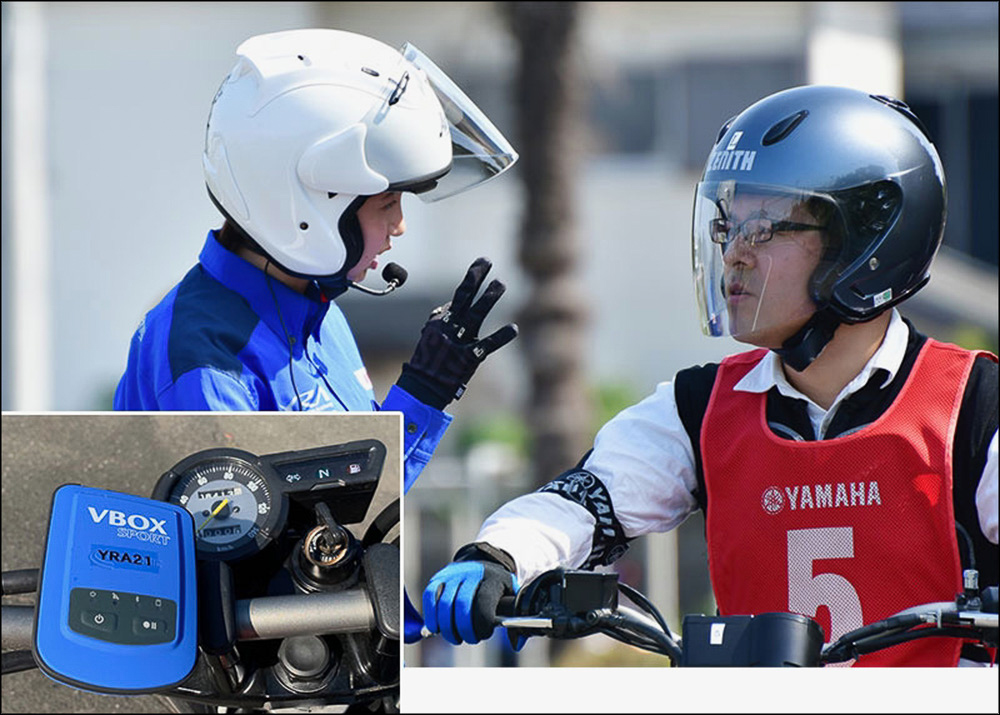
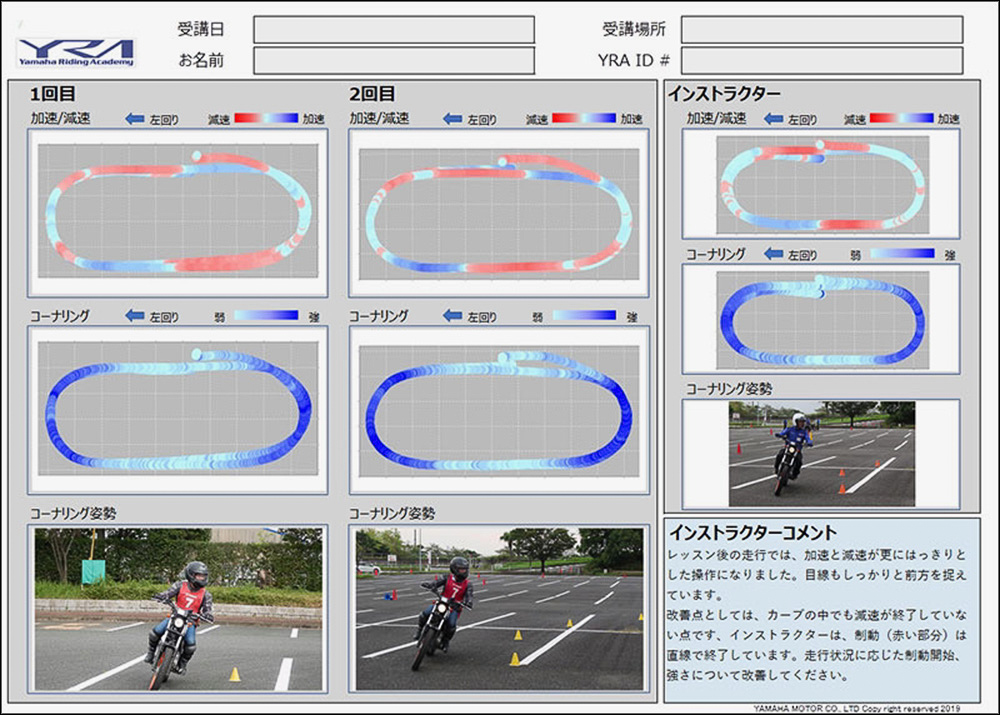
Technology is expensive, though, so that won’t trickle down to mass-market commuter bikes for a few more years. User skills, however, are an economical method. By teaching riders how to ride proficiently, using a system like the Yamaha Riding Feedback System, both new and experienced riders can hone their practical skills in much the same manner that MotoGP racers review their performances through telemetry.
Finally, there is the matter of just instilling a safety-first mentality in the rider—something too many riders take for granted to their own peril. Via apps and cloud-based software, Yamaha hopes to constantly educate and inform riders through educational videos, while also helping them maintain a roadworthy vehicle via maintenance notifications.
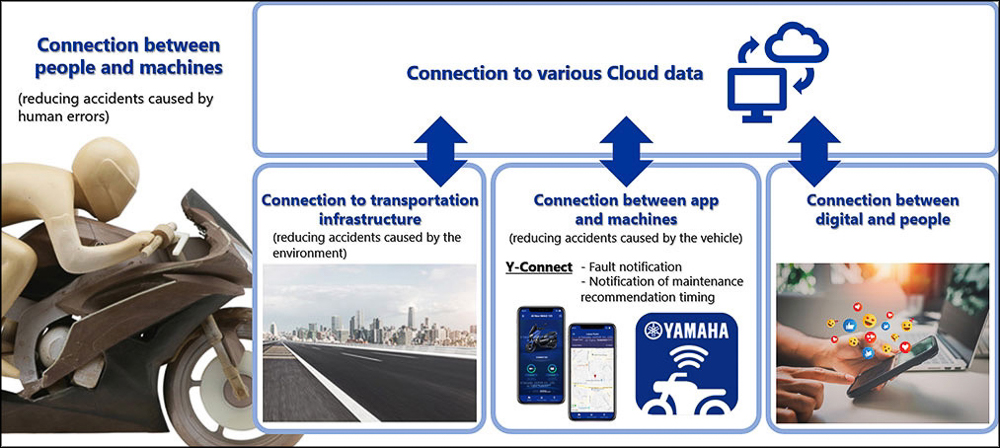
While the fancy technology is impressive, the truth is that majority of riders in the Philippines will never get to try out adaptive cruise control or adaptive brakes since the market is focused on small-displacement, economical bikes. Even ABS, such a vital safety feature these days, is often skipped in order to lower the cost of ownership.
But skills training and awareness shouldn’t cost too much to disseminate. It will be interesting to see how Yamaha Motors Philppines plans to incorporate Jin-Ki Kanno x Jin-Ki Anzen into the market.


0 Comments